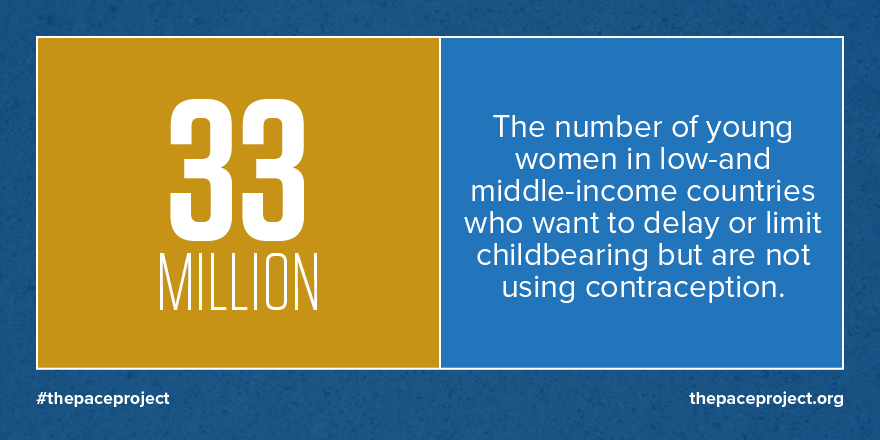PRB’s ENGAGE presentation, “Population, Health, and Environment Working Together” demonstrates that population, health, and environment initiatives (PHE) can be more effective than single-sector efforts in improving people’s lives. This ENGAGE presentation was created to increase support for PHE, an integrated approach to solving challenges in vulnerable and remote communities through improving access to health services (especially family planning and reproductive health), while also helping households improve livelihoods, manage natural resources, and conserve the critical ecosystems on which they depend. As a communication tool for advocates and practitioners, this presentation can be used as a starting point to increase the support and involvement of policymakers, new organizations, donors, and communities in PHE efforts.
Developed under the USAID-funded Informing DEcisionmakers to Act (IDEA) project, the presentation explains how the PHE approach works to improve health, livelihoods, food security, and natural resources worldwide; highlights success stories over the past several years from select projects around the world; and encourages discussion about the need for increased investment in such projects. The presentation explores the impact of several global projects, including Blue Ventures in Madagascar, the Guraghe People’s Self-Help Development Organization in Ethiopia, and the USAID-funded Pwani project.
The PHE approach is about working together—addressing the needs of local communities, and partnering with them to achieve their goals. For more PHE success stories and explanation of the PHE initiative, view the entire presentation. For a shorter glimpse into the complex and interrelated challenges faced by many families and communities around the world, and concise highlights of how the PHE approach can address these challenges, view the ENGAGE Snapshot video.
“Population, Health, and Environment Working Together” is available with and without a voiceover and can be downloaded from the PRB website or streamed via PRB’s YouTube channel; CD-ROMs are also available on request. A presentation guide and PowerPoint template are available to provide facilitators with skills and resources to effectively deliver and lead discussion about the presentation.
“Population, Health, and Environment Working Together” premiered at the opening of the International Population, Health, and Environment Conference, funded by the David and Lucille Packard Foundation, USAID’s Office of Population and Reproductive Health, and USAID’s East Africa Regional Office. The conference was held in Addis Ababa, Ethiopia, in November 2013.
With funding from the U.S. Agency for International Development, IDEA—Informing Decisionmakers to Act—increases support among policy audiences for effective health and population programs around the world. By increasing the flow of accurate, understandable information about population, family planning, and reproductive health to policy audiences, IDEA enhances efforts carried out by civil society, the public sector, the development community, and donors. Under IDEA, PRB has developed a series of dynamic multimedia ENGAGE presentations to engage global leaders and country-level policymakers in issues related to family planning, reproductive health, and other key development issues.


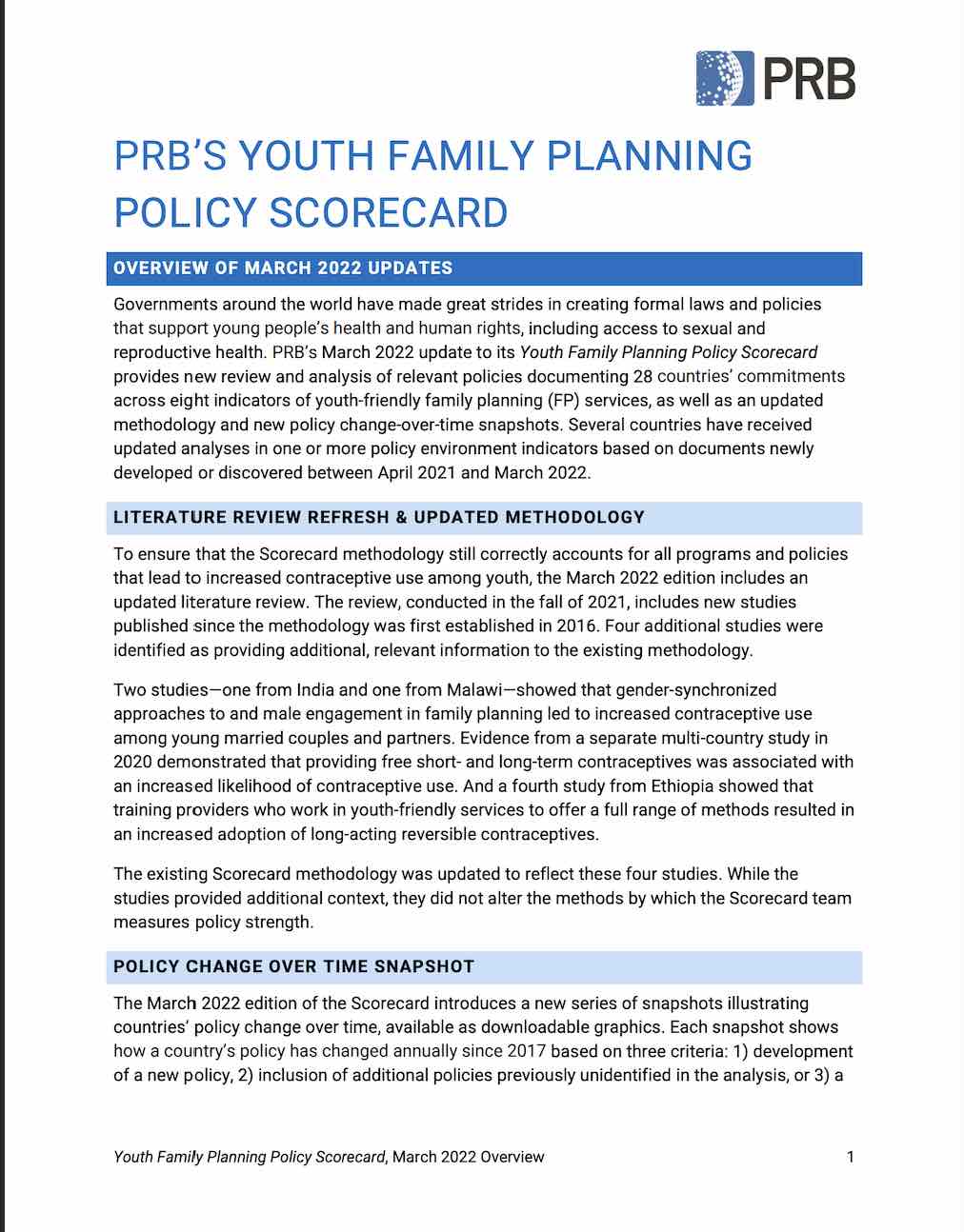 ">
">
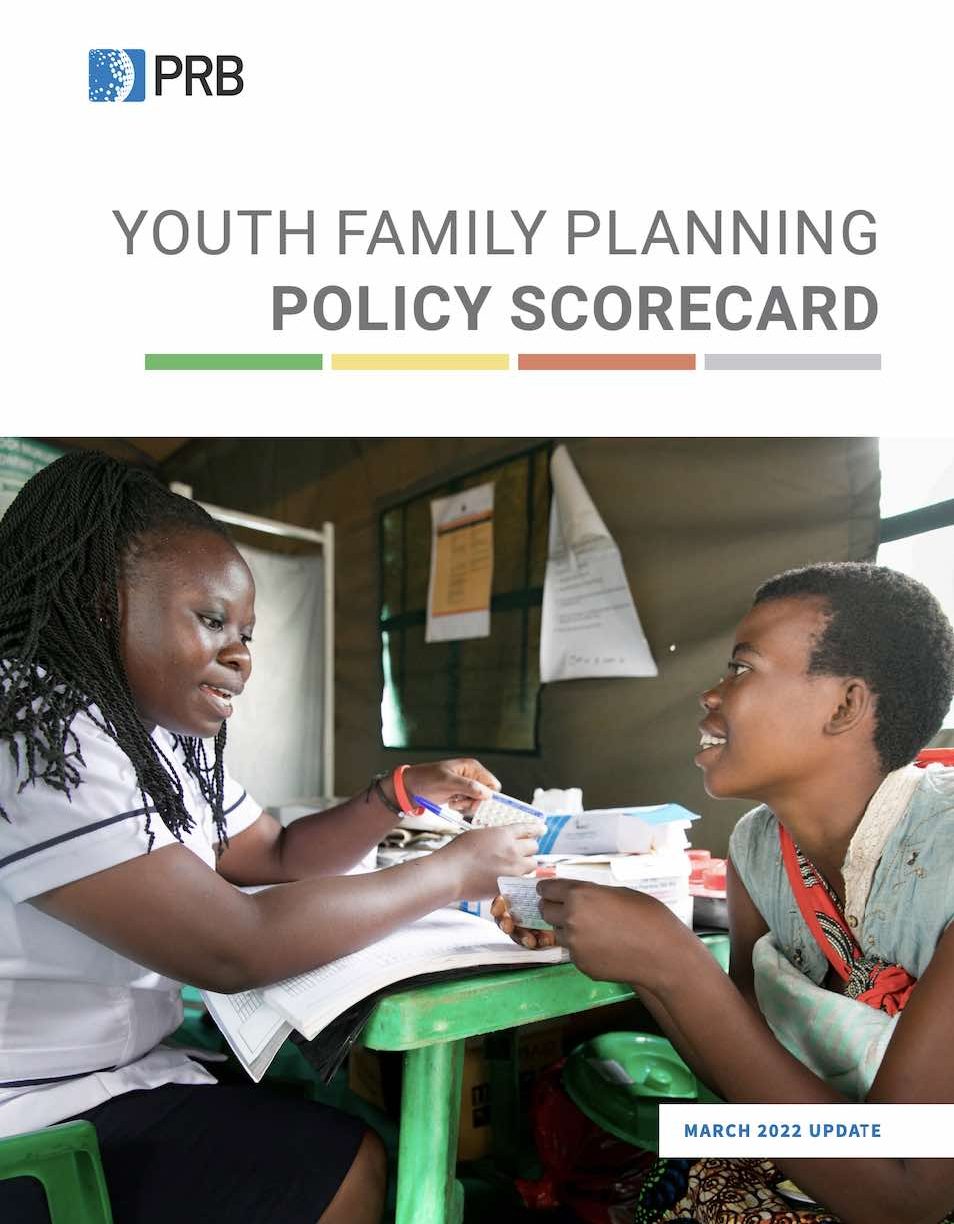 ">
">
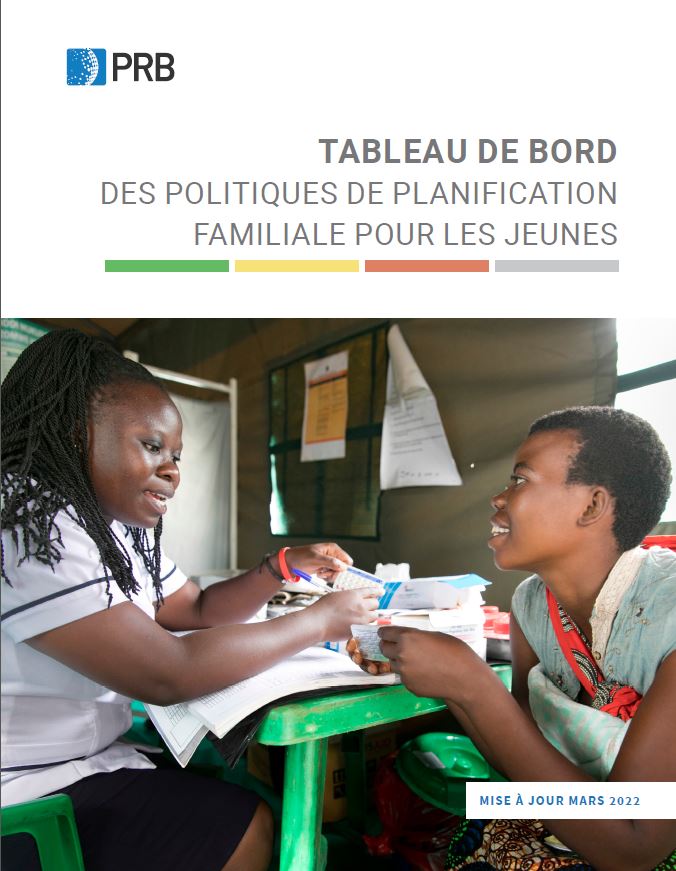 ">
">
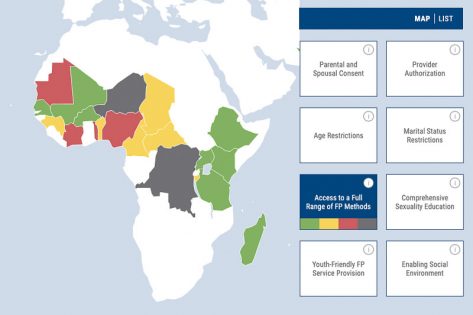
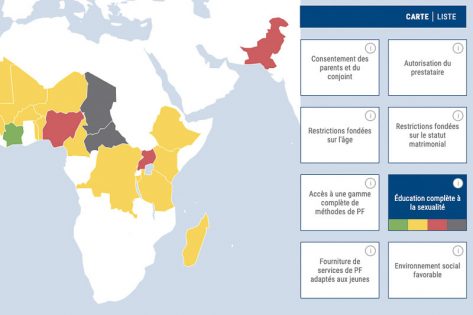

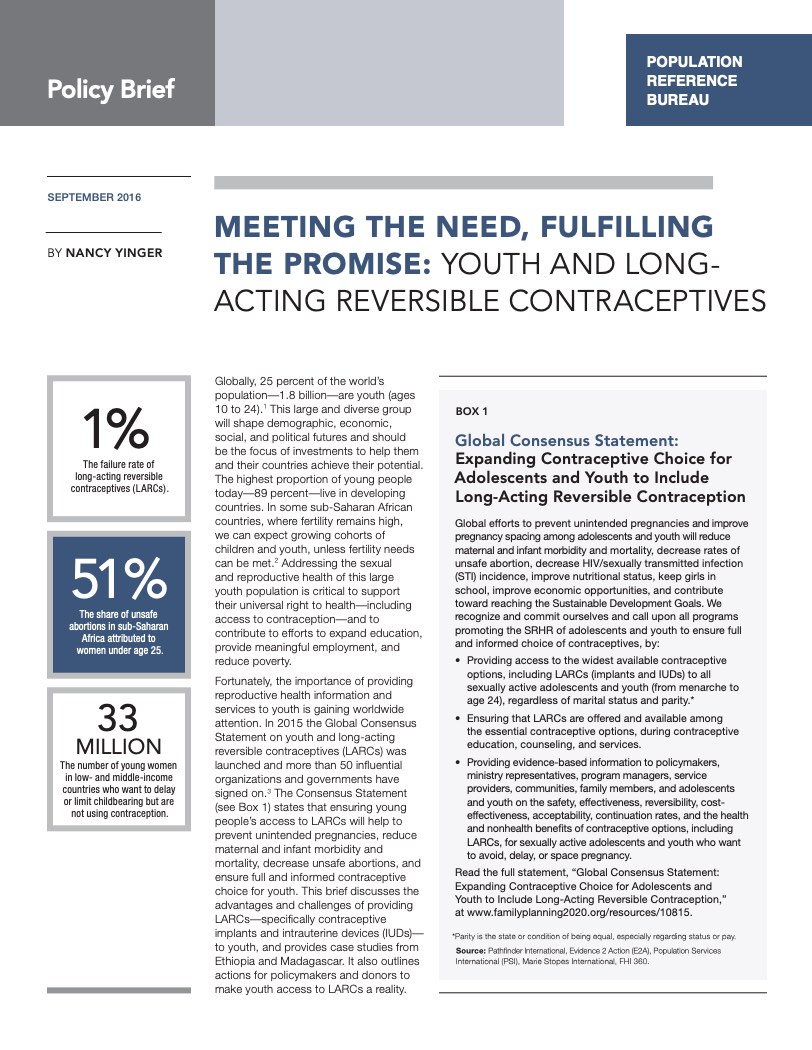 ">
">
